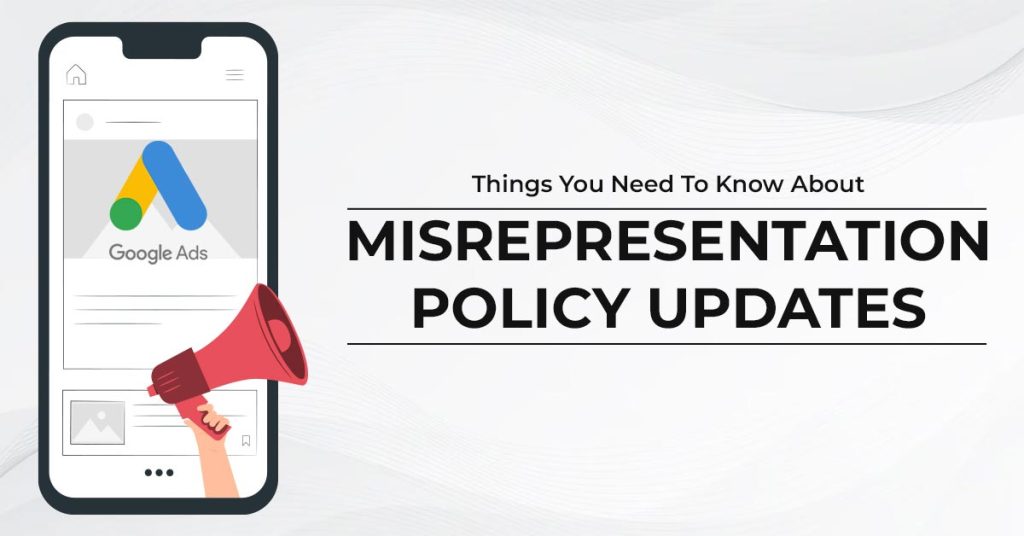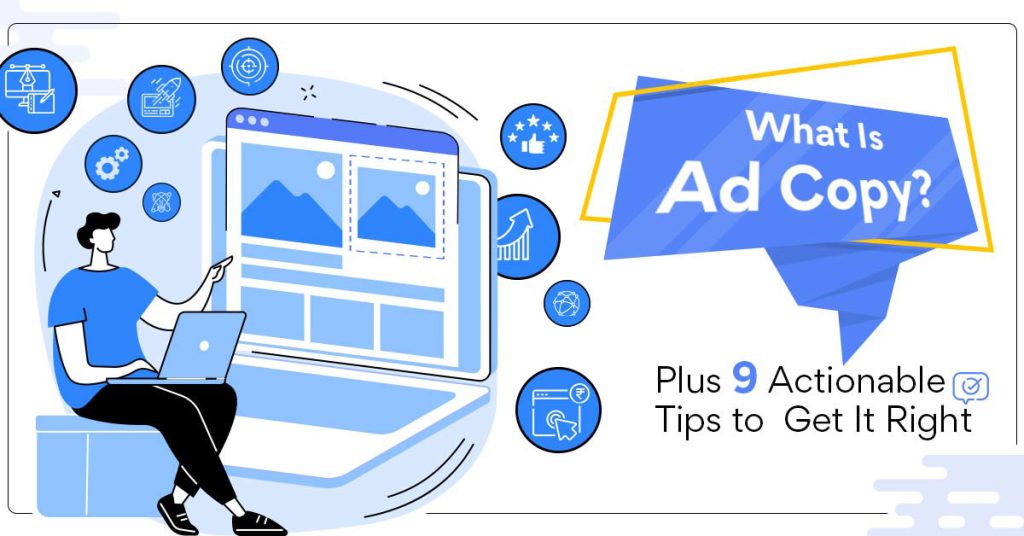Google Responsive Search Ads stand out as a versatile tool for reaching potential customers. Unlike traditional commercials, RSAs use machine learning knowledge to test unique combinations of headlines and outlines, aiming to give you the effective ad versions. Google ads campaign optimization can significantly improve their overall performance and maximize your return on investment. Here’s a streamlined guide by Infinix360 for optimizing Google Responsive Search Ads in three simple steps.
Crafting Compelling And Varied Ad Copy
A. Diversify Your Headlines and Descriptions
The core of Google Responsive Search Ads lies within the variety of ad copies. Google allows you to enter more than one headline and description, which it then combines in various ways to decide the most effective ad version. To use this option, make sure that your ad copy is different and engaging.
Headlines: Aim to add a mixture of headlines that deal with various aspects of your services. For instance, use a few headlines to highlight particular selling points, including “Free Shipping on Orders Over $50,” while others might focus on purchaser benefits, like “Top-Rated Product in Its Category.” Avoid redundancy with the help of making sure that every headline provides a distinct message or value proposition.
Descriptions: Your descriptions need to complement the headlines using additional statistics or context. For instance, if a headline emphasizes a discount, the corresponding description should explain the terms of the offer or highlight customer testimonials. Aim to write down descriptions that are informative, persuasive, and customized to deal with the particular desires or issues of your target audience.
B. Use Keywords Strategically
Adding relevant keywords into your headlines and descriptions is important for improving ad relevance and quality score. Conduct thorough keyword research to pick out terms that your clients are likely to look for. Incorporate these keywords naturally into your ad copy to improve its visibility and engagement.
Consider using a combination of broad, word, and exact match keywords. For example, in case you’re advertising a health app, include keywords like “health tracking app,” “customized exercise plans,” and “quality exercise app.” By aligning your ad copy with the search intent of users, you increase the chance of your commercials being exhibited to a relevant target audience.
Use Ad Extensions Effectively
A. Utilize All Available Ad Extensions
Ad extensions are additional pieces of information that appear along the side of your ads, offering customers even more reasons to click. Google offers several varieties of ad extensions, including site links, callouts, and established snippet extensions. Each type can improve your ad’s visibility and effectiveness.
Site Links: Add site link extensions to direct customers to specific pages for your website, like product categories or special promotions. This not only improves user experience but additionally increases the probability of capturing clicks from users interested about specific services.
Callout Extensions: Use callout extensions to highlight unique features or advantages of your products or services, along with “24/7 Customer Support” or “No Hidden Fees.” These snippets could make your ad stand out and provide extra value to potential customers.
Structured Snippets: Structured snippet extensions will let you include data in an established format, such as listing special types of services or products you provide. This enables customers to quickly locate relevant statistics and might boost the probability of clicks.
B. Monitor and Optimize Extensions Regularly
Regularly assess the performance of your ad extensions to make sure they’re giving you the desired results. Use Google Ads reviews to research metrics like click through rates (CTR) and conversion rates for each extension type. Based on these statistics, regulate your extensions to optimize performance. For instance, if a selected site link extension is underperforming, consider revising its text or trying out new site links that better align with user interests.
Analyzing And Adjusting Based On Performance Data
A. Monitor Key Performance Metrics
Tracking the performance of your Responsive Search Ads is important for non-stop development.
Click-Through Rate:
This measures how often customers click on your ad after seeing it. A high CTR shows that your ad copy is relevant for your target market.
Conversion Rate:
This metric shows you the number of users who complete a desired motion, such as making a purchase or filling out a form. A high conversion rate shows that your ad is correctly using users to do so.
Cost-Per-Click and Cost-Per-Acquisition:
These metrics help check the cost performance of your advertisements. Lower CPC and CPA values indicate that you’re getting precise cost in your advertising spend.
B. Implement Data-Driven Adjustments
Based on the performance facts, make knowledgeable adjustments to optimize your advertisements. For instance, if certain headlines or descriptions are always underperforming, remember to revise them or replace them with new variations. Similarly, if unique ad extensions are using extra clicks or conversions, prioritize those extensions for your final campaigns.
Additionally, use A/B to examine special ad variations and determine which combinations perform well. By continuously checking out and refining your ad copies and extensions, you could improve the effectiveness of your Google Responsive Search Ads and acquire higher results over time.
At Infinix360, we craft ad copy that reflects your brand style and connects with your audience. Our team at our digital marketing company in Chennai, doesn’t just set up your RSAs, we actively monitor and fine tune them, the use of data-driven information to keep your ads performing at their best. We’re professionals in targeting the right audience for your campaigns, making sure your ads reach the ones that are most likely to engage. With Infinix360, your ad strategy is always evolving and improving.
Optimizing Google Responsive Search Ads includes crafting different and good ad copies, using ad extensions effectively, and analyzing overall performance records to make data-driven adjustments. By following these three simple steps, you could improve your ad’s overall performance, increase relevant clicks, and acquire a better return on your marketing cost. Staying proactive and constantly optimizing your ads will ensure that your campaigns stay powerful and competitive in driving business.




